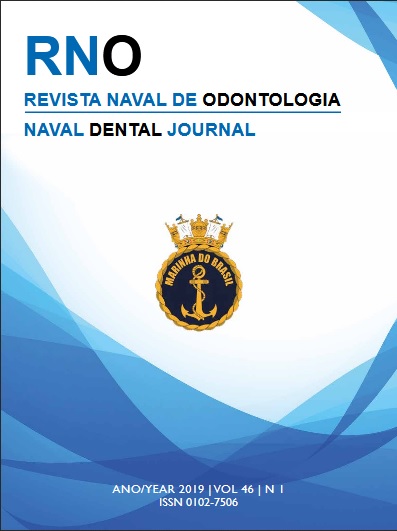Mordida cruzada anterior: possibilidades de tratamento na dentição decídua e mista
Anterior crossbite: treatment possibilities in deciduous and mixed dentition
DOI:
https://doi.org/10.29327/25149.46.1-10Palavras-chave:
Má Oclusão., Dentição mista., Ortodontia InterceptoraResumo
A mordida cruzada anterior (MCA) refere-se a uma maloclusão
cuja relação vestíbulo-lingual entre incisivos superiores e
inferiores é anormal, com sobressaliência negativa. Esta alteração
pode promover comprometimento da estética dento-facial
e das funções do sistema estomatognático. A MCA pode ser
classificada em 3 tipos: Dentária (MCAD), Funcional (MCAF) e
esquelética (MCAE). O objetivo deste trabalho foi, por meio de
uma revisão de literatura, apresentar as diferentes possibilidades
de tratamento da MCA nas dentições decídua e mista. O
tratamento da MCAD tem como objetivo a correção das
inclinações anormais dos elementos envolvidos. O tratamento
da MCAF pode ser realizado por movimentação dentária pelas
pistas diretas preconizadas por Planas. A abordagem da MCAE
tem como objetivo a correção esquelética e dependerá do grau
de displasia óssea e da idade de início do tratamento. Concluiuse
que a MCA deve ser tratada tão logo seja diagnosticada,
por meio das diferentes formas de tratamento apresentadas,
de acordo com a etiologia e apresentação clínica. Todos os
tratamentos propostos apresentam altos índices de sucesso se
corretamente planejados e executados.










